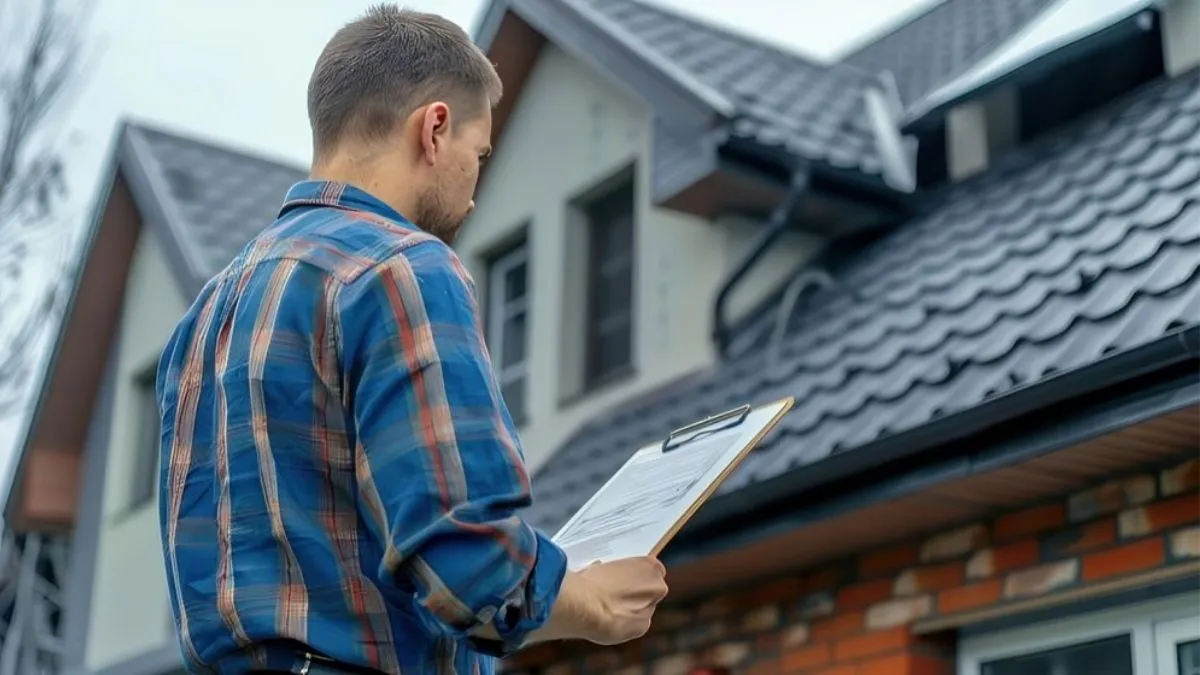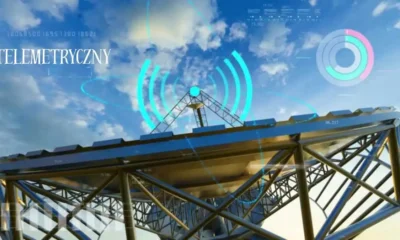HOME IMPROVEMENT
How Climate and Location Should Influence Your Roofing Choices

A roof doesn’t just protect a building from the top—it defines how well the entire structure withstands the forces of its environment. Yet when choosing a roofing system, too many people overlook one of the most important factors: geography.
The truth is, where you live—or where your property is located—should be one of the primary drivers behind your roofing decisions. Climate, regional weather patterns, and even local building codes all play critical roles in determining what materials, styles, and structural approaches make the most sense.
Whether planning a new roof installation or exploring options for roof replacement, understanding how climate influences performance will help you choose a system built to last.
The Role of Heat: Roofing in Hot and Sunny Climates
In warmer regions, roofing systems must endure high temperatures, direct UV exposure, and seasonal dryness. Prolonged heat can accelerate the breakdown of roofing materials, especially those with organic compounds like asphalt or wood.
In areas with long, hot summers, reflectivity becomes a crucial property. Roofing systems that reflect sunlight rather than absorb it help reduce indoor temperatures and lower cooling costs. Light-colored membranes or coated metal roofing systems are particularly effective in this regard. For commercial roofing in warm climates, TPO or PVC membranes often outperform traditional materials due to their solar reflectance and energy efficiency.
A qualified roofing company will often recommend materials with high solar reflectance index (SRI) ratings in regions where heat buildup is a major concern.
Cold and Snowy Environments: Roofs That Withstand the Freeze
Cold climates bring their own unique challenges: snow loads, ice dams, and freeze-thaw cycles can take a toll on any roofing system. In these areas, durability and proper drainage are key.
For pitched roofs, heavier materials like metal or architectural shingles offer excellent snow-shedding capabilities. The slope helps gravity do the work, guiding snow off the roof before it can accumulate excessively. But it’s not just about material. Ventilation and insulation must work together to prevent heat from escaping into the attic, which causes snow to melt and refreeze at the roof’s edge, forming damaging ice dams.
Flat commercial roofing systems in cold areas should be designed with superior insulation and internal drainage channels to prevent ponding and leaks during snowmelt.
If you’re located in a region prone to cold winters, regular inspections and proactive roof repair before snow season are critical for avoiding structural stress and water damage.
High-Wind and Coastal Regions: Building Against the Breeze
Along coastlines or in areas subject to seasonal hurricanes and storms, wind uplift is a major factor in roofing system performance. Here, the focus isn’t just on surface materials—it’s on how the roofing system is anchored and sealed.
Certain materials are more resistant to wind damage. Metal panels, for example, can be securely fastened and interlocked to resist high wind forces. Specialty shingles designed for storm zones also feature enhanced adhesion and flexibility to resist lift and tear-off.
Read Also: How to Prepare Your Roof for Storm Season
Roofing installation techniques matter just as much as the material choice. In areas where high winds are common, building codes often require specific nailing patterns, underlayment types, or edge reinforcement details. These details must be factored into every new installation or roof replacement project.
In commercial roofing scenarios, ballast systems should be avoided in high-wind areas. Mechanically fastened or fully adhered membranes offer greater resistance and better long-term performance.
Rain and Humidity: Defending Against Constant Moisture
Regions with year-round humidity or heavy rainfall demand roofing systems that can effectively manage moisture. This applies to both residential and commercial structures. Roofing materials that absorb water, such as untreated wood, are generally avoided in these environments. Instead, synthetic or rubber-based options that resist mold and mildew growth are preferred.
In areas with frequent rain, drainage is everything. A sloped design with proper guttering ensures water doesn’t pool or back up under the roofing materials. Flashing must be installed with precision to prevent leaks around chimneys, skylights, and other penetrations.
In humid climates, condensation buildup in the attic or under the roofing membrane can lead to mold problems and rot. A well-designed ventilation system is essential, and any reputable roofing company will take this into account during both installation and roof repair.
Wildfire-Prone Zones: The Case for Fire-Resistant Materials
Certain areas—particularly those near forested zones or arid environments—must account for wildfire risk. In these regions, roofing choices can mean the difference between safety and disaster.
Clay tile, metal, and specially rated asphalt shingles are commonly used for their Class A fire resistance. The design of the roof also plays a role. Flat roofs with accumulated debris or flammable coatings pose a higher risk than well-maintained pitched systems.
Choosing non-combustible materials and ensuring the roof deck is protected with a fire-resistant underlayment are both essential practices in fire-sensitive areas. Neal Roofing & Waterproofing often advises that even vent designs and soffit structures be reviewed when a property is located near wildfire zones.
One Size Doesn’t Fit All: Regional Codes and Performance Expectations
Climate-specific challenges often shape local building codes. What passes inspection in one part of the country may not be allowed in another. Materials must be approved for regional performance, and installation methods must meet strict guidelines for wind, snow, or fire resistance.
This is especially important for commercial roofing systems, where roof performance is tied to insurance policies, safety regulations, and long-term lease agreements. During roof replacement or new construction, verifying code compliance is not optional—it’s foundational.
Working with a roofing company that understands local requirements ensures that your investment is both legal and smart.
Final Considerations: Location Informs Every Layer
From the slope and material to the insulation and attachment method, every aspect of a roof should be influenced by the climate it lives in. A roof designed for a dry, desert climate won’t perform the same in a snow-heavy mountain town. And a roofing system made for a hurricane-prone region would be overkill in a temperate suburb.
Lapeyre Construction approaches every roofing project with geography in mind, because the weather doesn’t care about aesthetics. It cares about performance.
Whether you’re planning a full roof installation, replacing an aging system, or simply budgeting for long-term maintenance, understanding your regional needs is essential. The right roof is not just about what looks good. It’s about what works where you live.
-

 BIOGRAPHY7 months ago
BIOGRAPHY7 months agoBehind the Scenes with Sandra Orlow: An Exclusive Interview
-

 HOME1 year ago
HOME1 year agoDiscovering Insights: A Deep Dive into the //vital-mag.net blog
-

 HOME1 year ago
HOME1 year agoSifangds in Action: Real-Life Applications and Success Stories
-

 BIOGRAPHY1 year ago
BIOGRAPHY1 year agoThe Woman Behind the Comedian: Meet Andrew Santino Wife




























